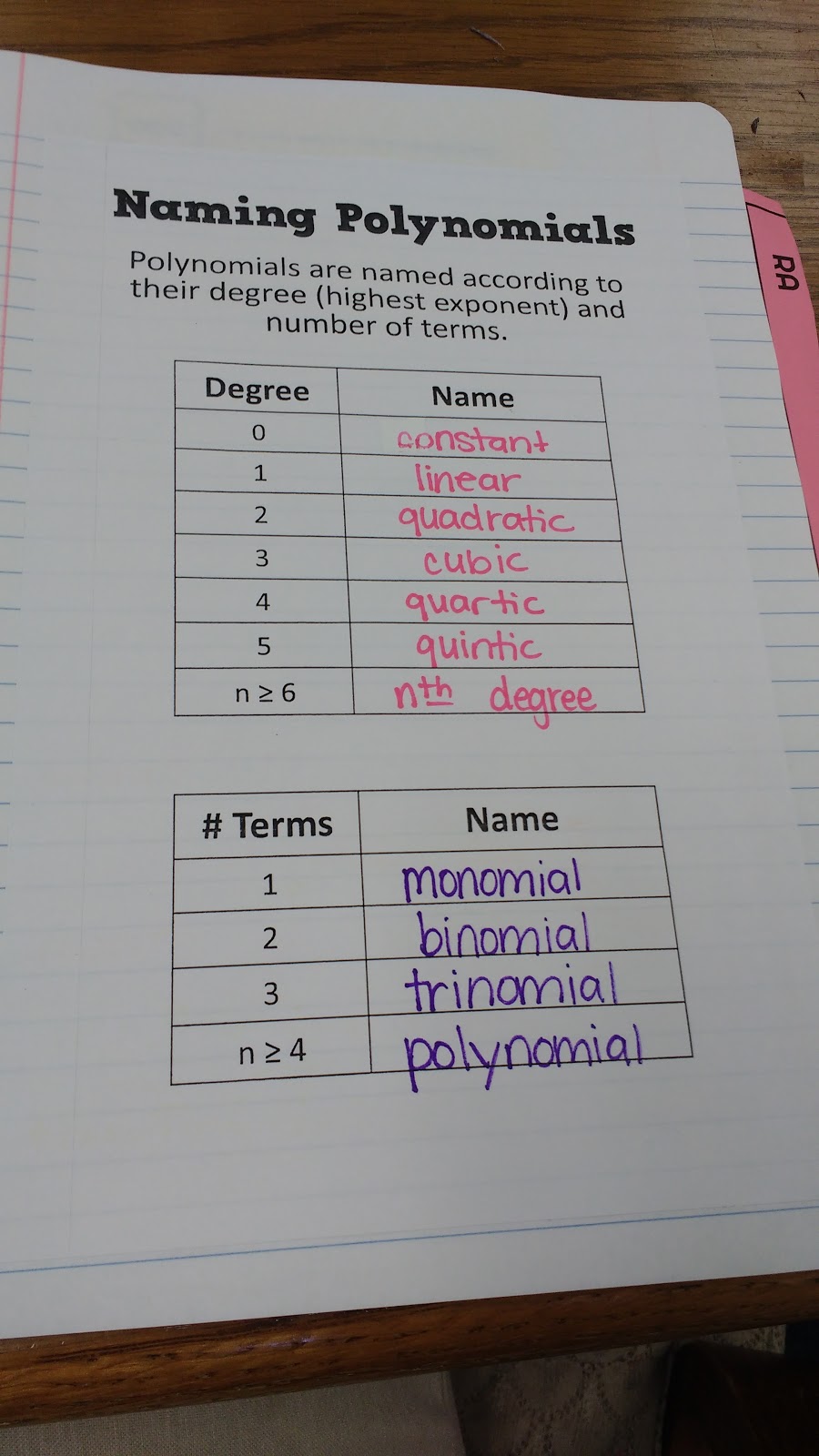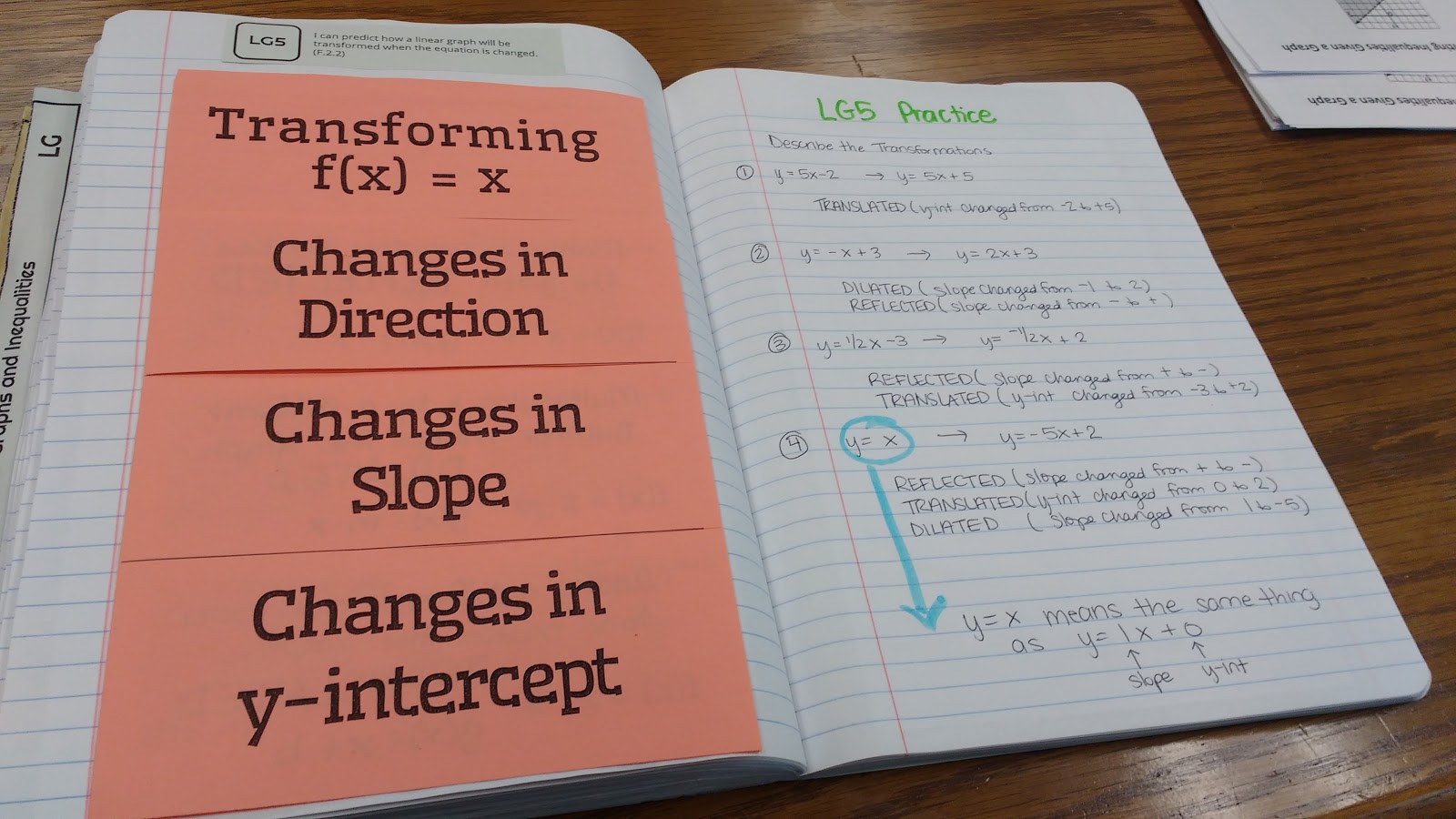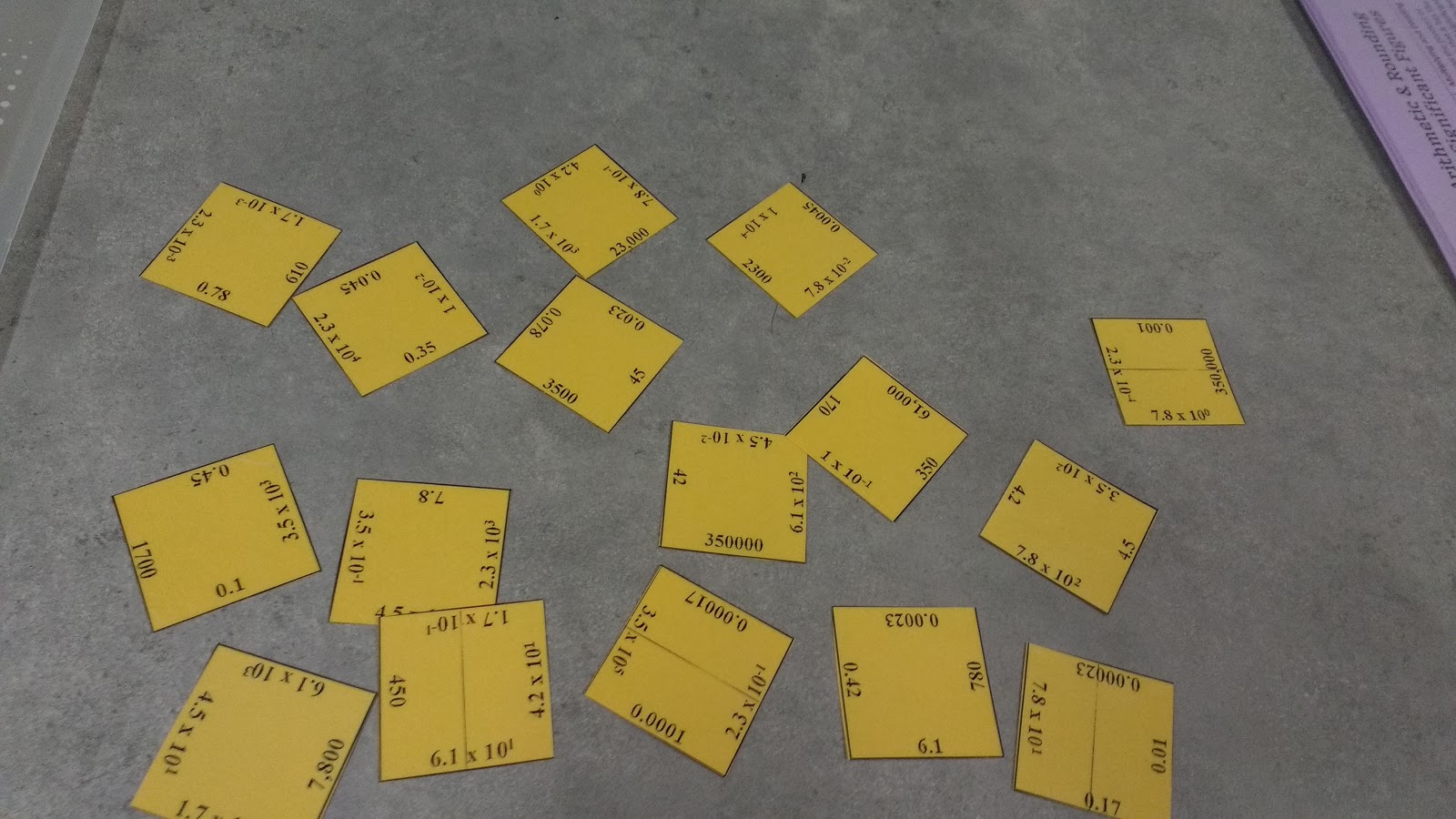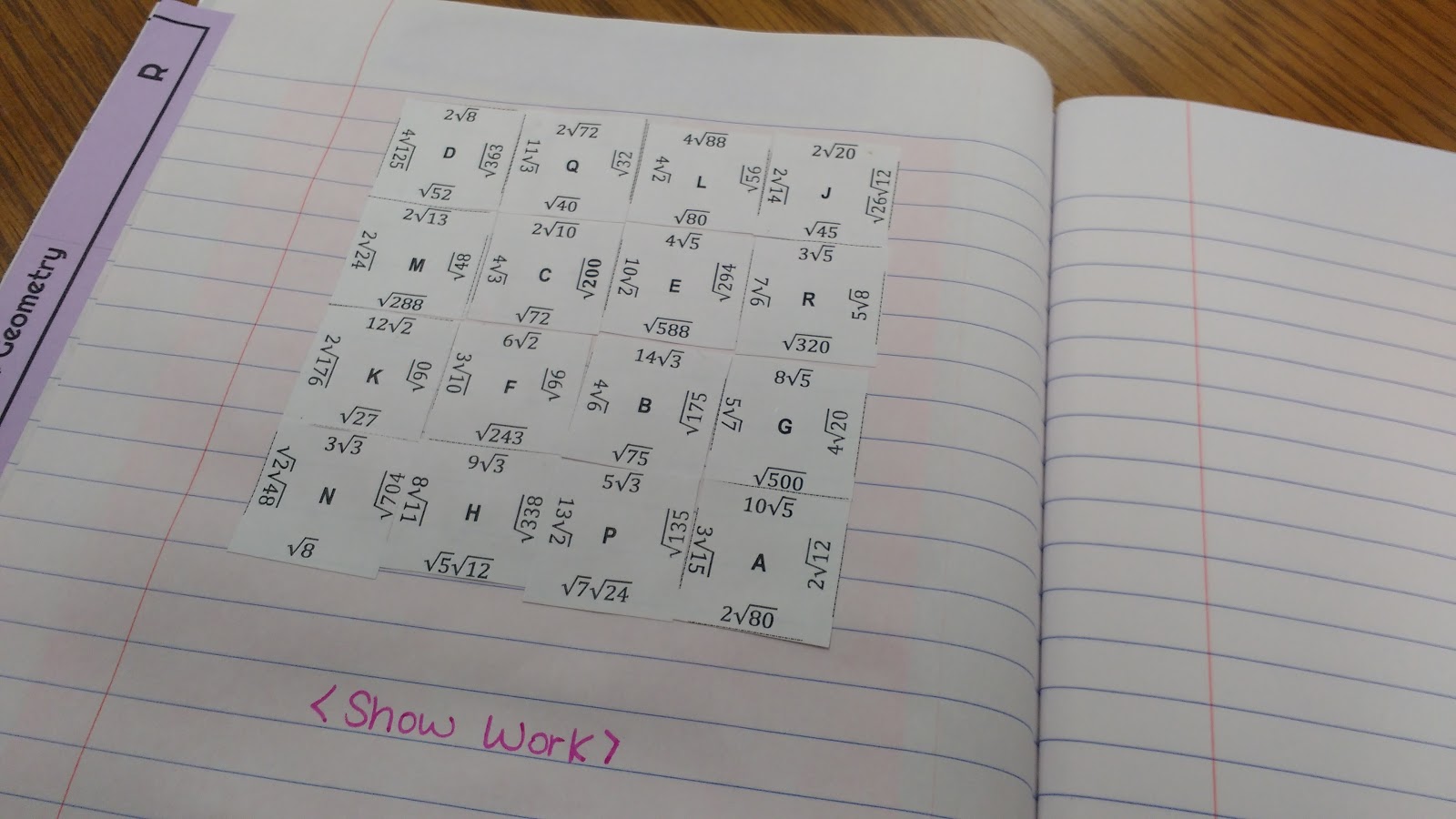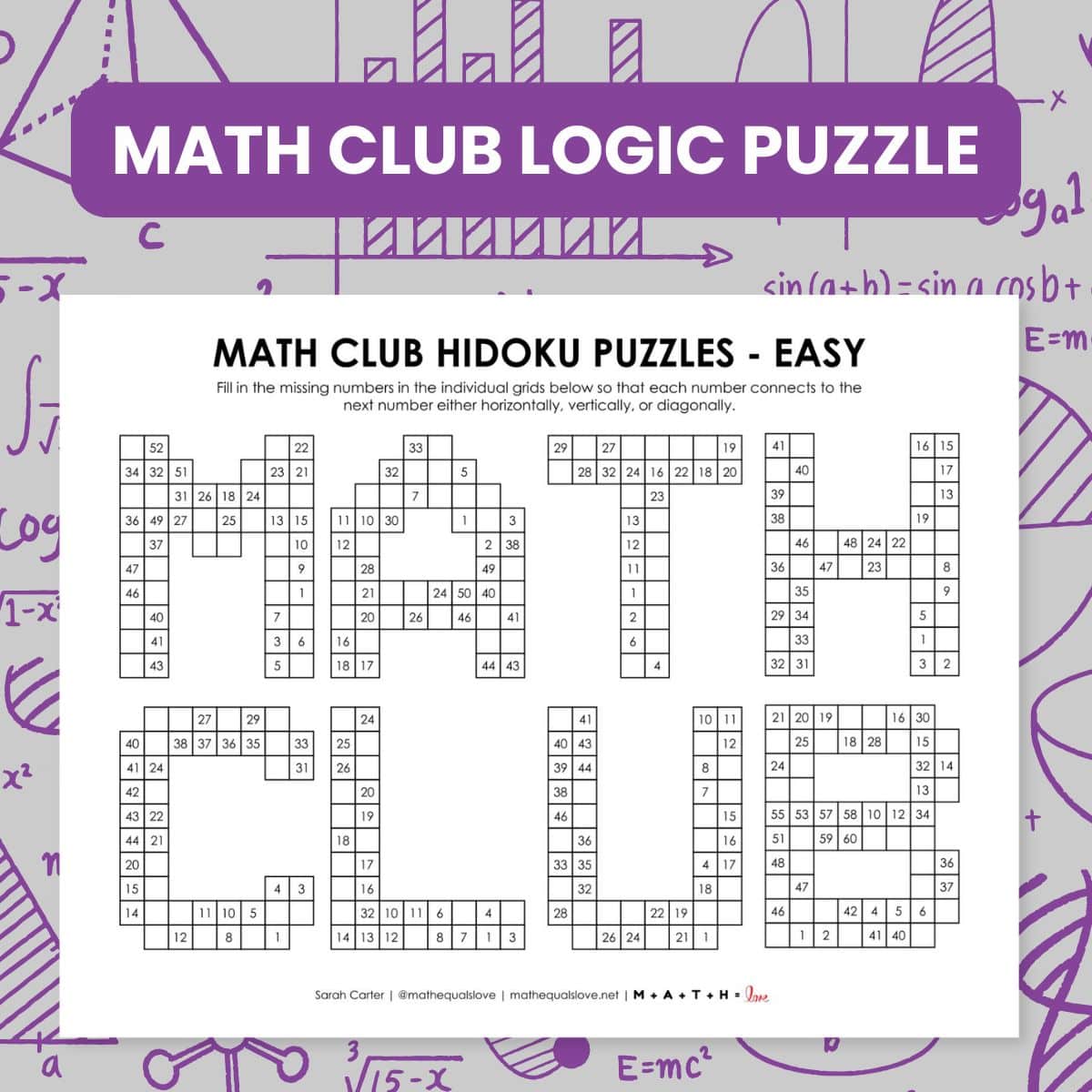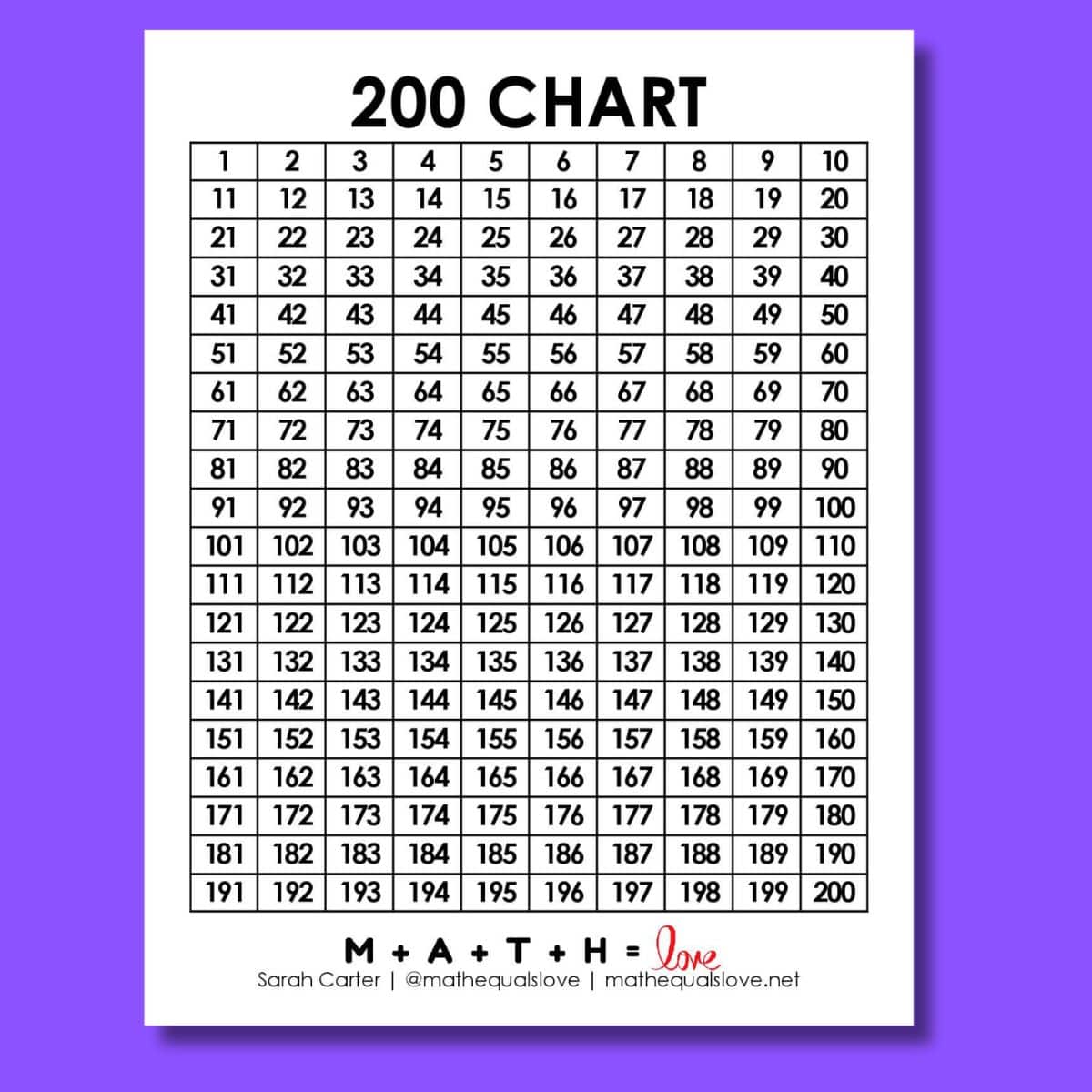Tenzi Data Collection Activity for Comparing Data Sets
This blog post contains Amazon affiliate links. As an Amazon Associate, I earn a small commission from qualifying purchases.
Tenzi is one of my favorite games to use in the math classroom for data collection activities. I love Tenzi because the rules are super easy and fast to explain to students, and the sheer variety of ways to play keeps students (and me as the teacher) from getting bored!
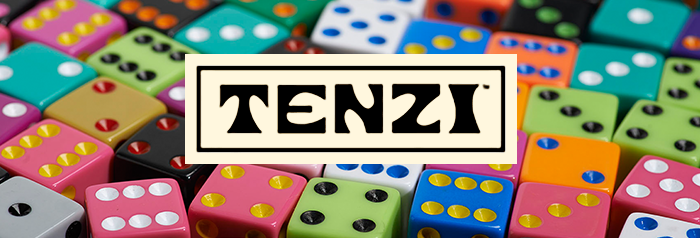
A few years ago when I was still teaching Algebra 1, I put together a tenzi data collection activity where my students collected data on various versions of tenzi. They used this class data on the number of rolls required to finish each game to find a five number summary, check for outliers, and construct a box and whisker plot, or boxplot of the data.
When I gave a presentation early this summer on Engaging Students with Hands-On Data Collection Activities, I realized that I had never actually blogged about this particular version of the activity.
What is Tenzi?
Tenzi is a dice-based game that is marketed as the “world’s fastest game.” Tenzi was invented by Kevin Carroll and Steve Mark.
The game is very flexible which makes it perfect for using in the classroom. You need at least two players, but there is no limit on the number of players that can play at a single time. You are only limited by the number of dice you have. To play tenzi, each player will need ten dice.
While I own several copies of the original Tenzi game and the Tenzi Party Pack, I use a tub of bulk dice in my classroom whenever I play with students. I sort out the dice into plastic cups for easy distribution to students. Some students even use the cups to roll the dice while playing the game.
The objective of the game is to be the first player to get all ten of your dice to show the same number.
Tenzi Instructions
Here are the instructions according to Tenzi’s website:
Each player chooses a set of dice. Players hold all ten dice in their hands. Someone says “Go” and everyone rolls at the same time.
Quickly look at your roll and decide which number you are going to go for. (For example, if you have more 3’s than any other number, that’s what you want to go for.)
Put all your dice with that number aside, collect the remaining dice and quickly roll again. (You do not have to wait for others to roll again. Everyone rolls together only on the first roll.)
Keep rolling until all ten of your dice show the same number.
The first player to get all ten of their dice to match (ten 3’s, for example) shouts out “TENZI” and wins the game!
Official Tenzi Rules
Tenzi Variations
The real potential for using tenzi in the math classroom is that there are endless variations of how to play the game.
To get an idea of the different variations, the Tenzi website features the rules for eight different variations including
- TENZI Tower
- Splitzi
- Team TENZI
- Mega TENZI
- Stealzi
- Target TENZI
- Timed TENZI
- Twisted TENZI
Hungry for even more Tenzi variations? The creators of Tenzi have created a deck of cards for purchase that feature 77 Ways to Play Tenzi.
Tenzi Data Collection Activity for Comparing Data Sets
I crafted this tenzi data collection activity to give my Algebra 1 students practice constructing box and whisker plots (boxplots) to compare data sets.
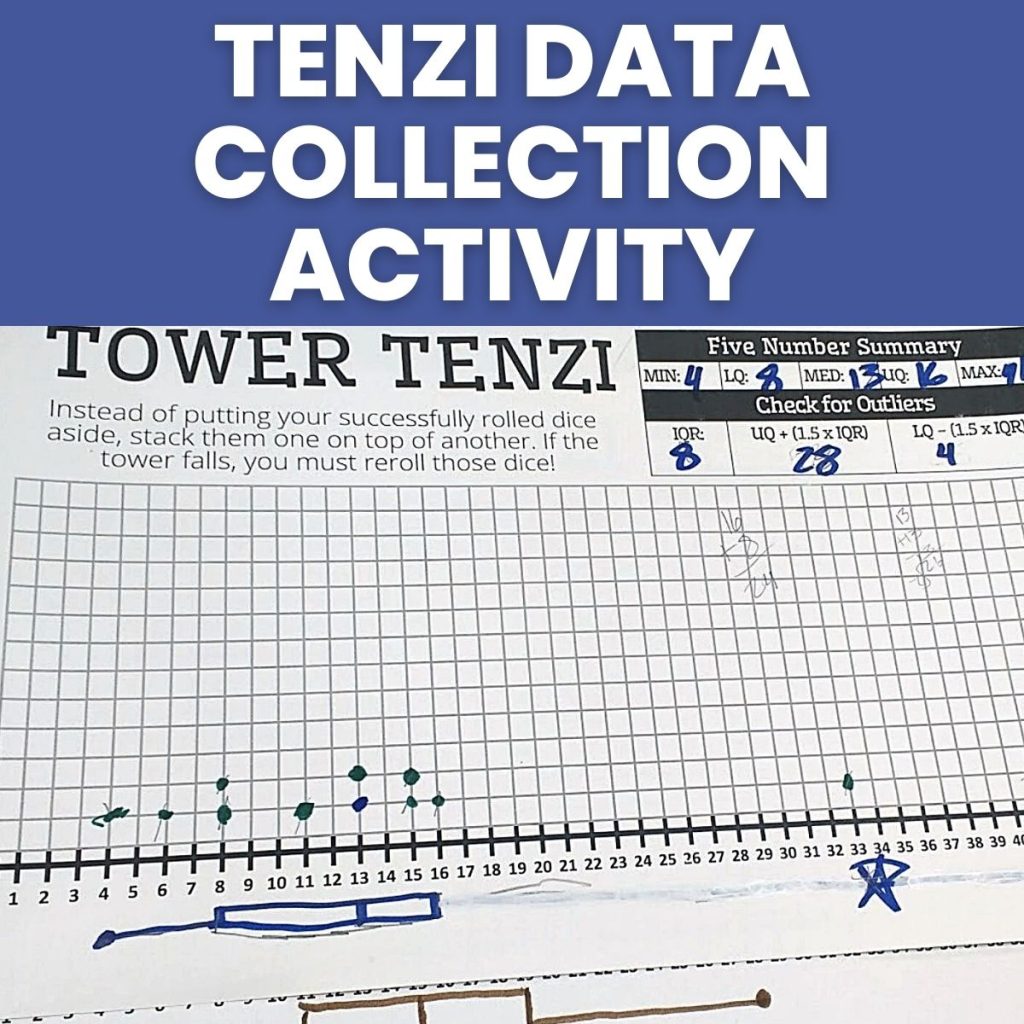
To prep for the activity, I chose nine different variations of tenzi for my students to play.
I created a foldable for students to glue in their interactive notebooks which included the rules for the nine variants.
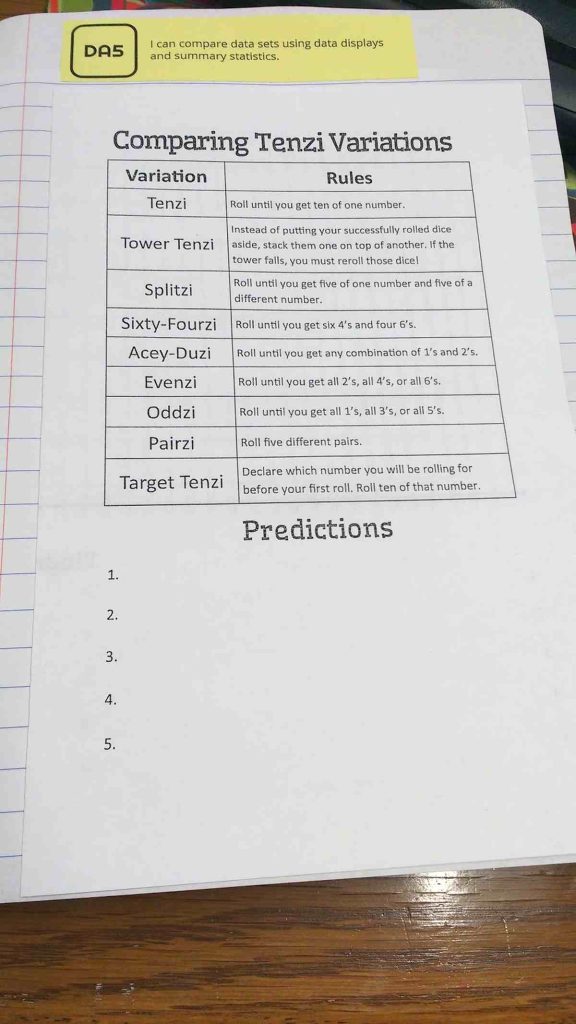
Before we began the activity, I asked students to make five predictions about how the different tenzi variants would compare to one another in difficulty. This part of the activity is completely optional, but I try to get students making predictions whenever possible before actually doing an activity.
For each variation of the game, I typed up a data collection page which I printed on 11 x 17 cardstock.
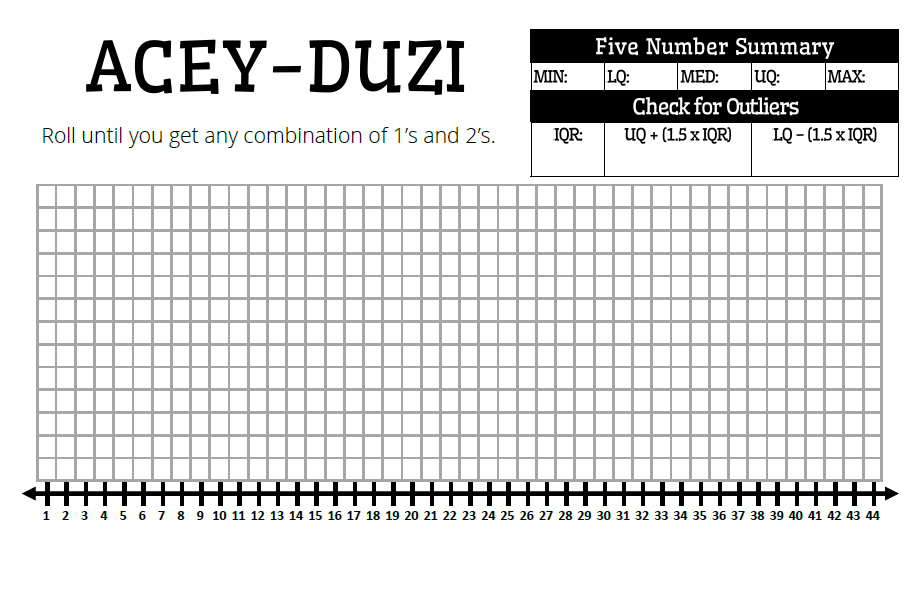
Each data collection page features the name of the tenzi variation in large letters and a short summary of the rules for that variation. For example, in Acey-Duzi, you must roll until you get any combination of 1’s and 2’s. So, you could win this version of tenzi by rolling six 1’s and four 2’s or eight 1’s and two 2’s.
After printing each data collection page on 11 x 17 cardstock, I used to tape to hang up the pages around the classroom. I placed a colored marker by each of the pages for students to use as they collected their data.
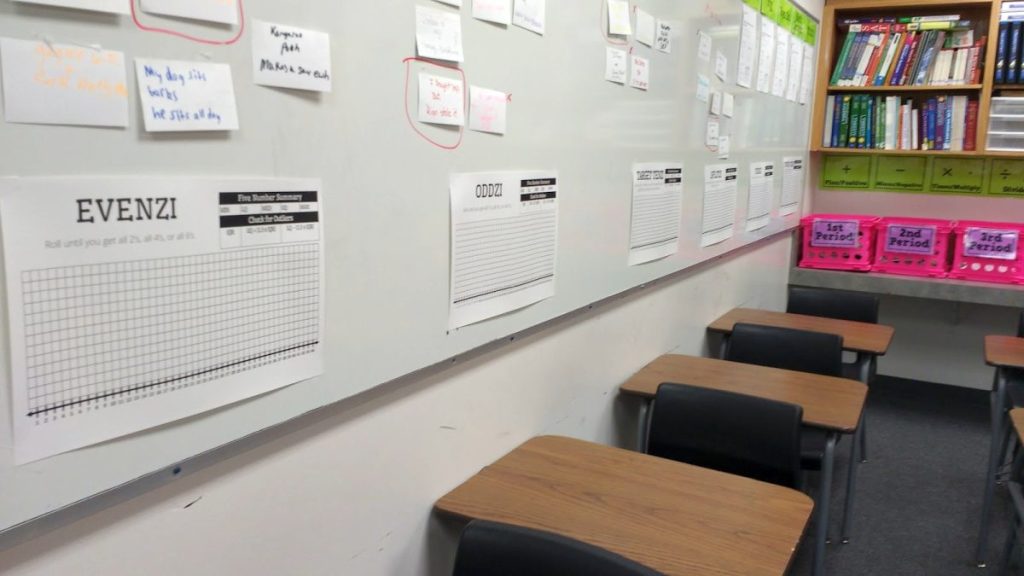
When playing an actual game of tenzi (or any of its variations), play starts when one person yells “GO!” and ends when one person yells “TENZI!” While this makes for a fun and engaging game, it doesn’t make the best data collection activity for the classroom setting.
Instead of having students play competitively in a group, I have students play individually and count the number of rolls that it takes to win.
At the bottom of the data collection page, I printed a number line.
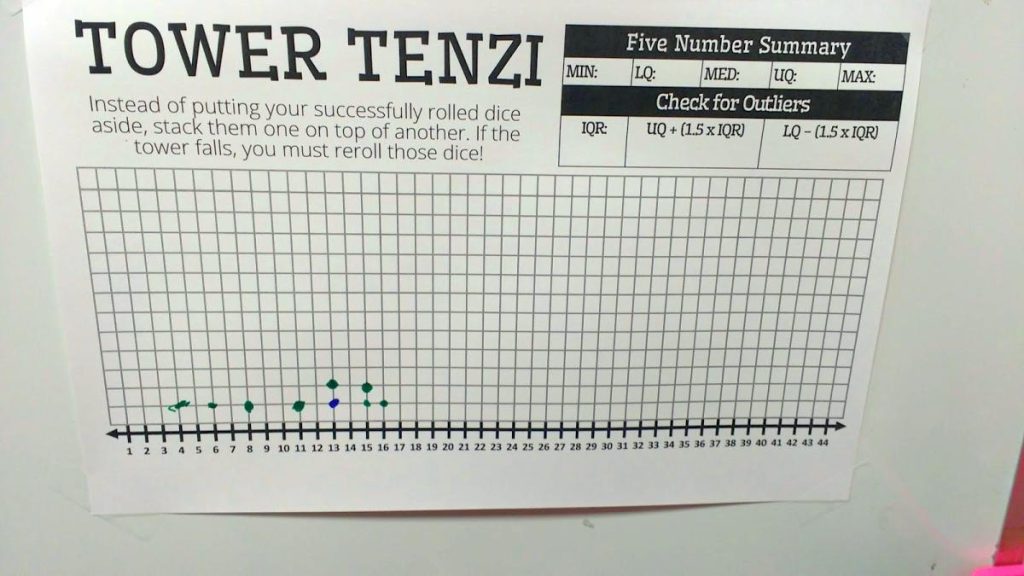
As students worked their way around the room playing each version of the game, they used the provided marker to make a dot above the number of rolls it took them to reach that particular objective.
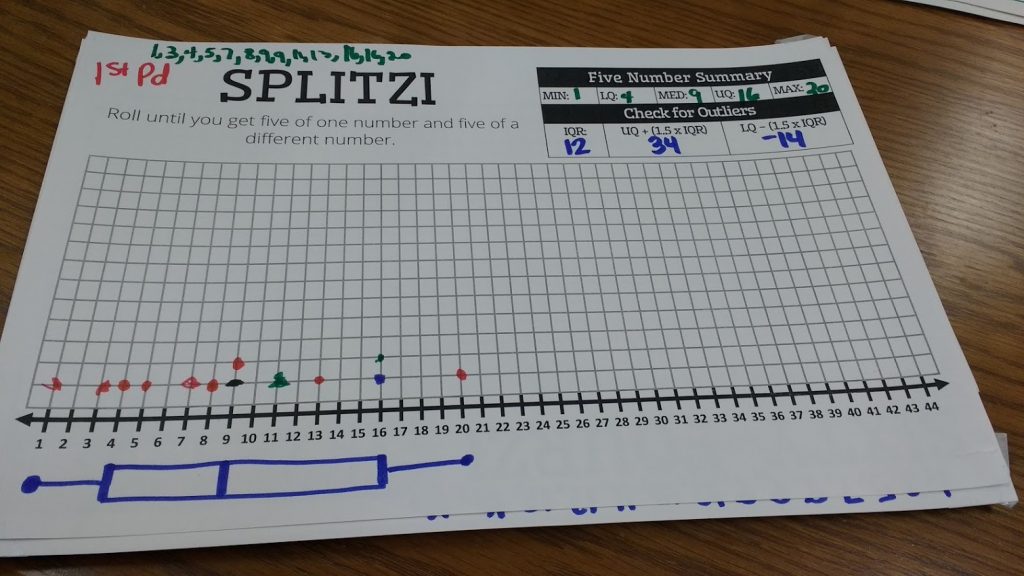
For example, it took students between 1 and 20 rolls to reach SPLITZI – a version of tenzi where you must roll until you get five of one number and five of a different number.
Once every student in the class had a chance to play each of the nine variations of tenzi, we took down the data collection pages. I had students pair up and choose a variation of tenzi to analyze.
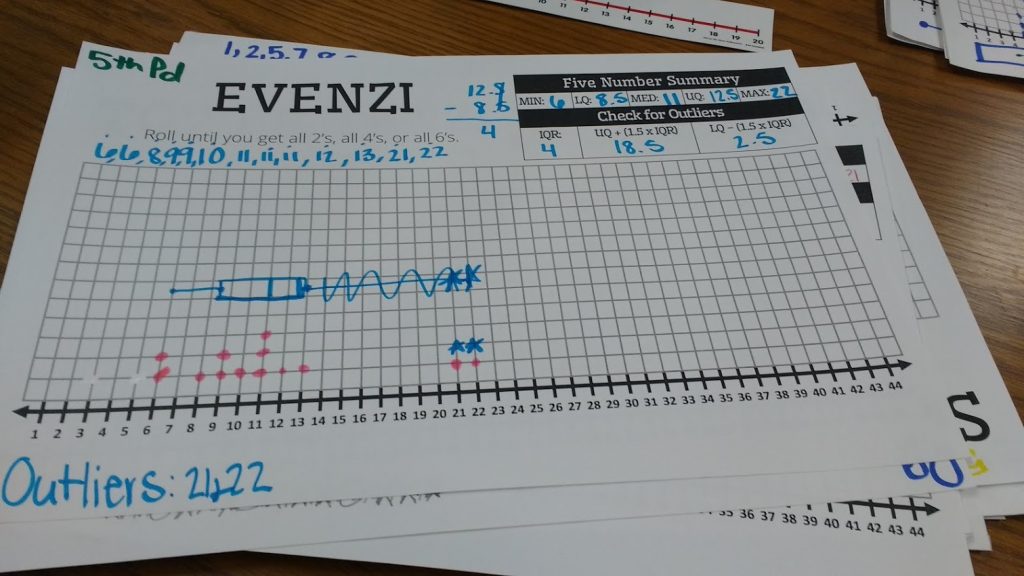
Students were responsible for finding the five number summary for their data set and using that five number summary to check for outliers.
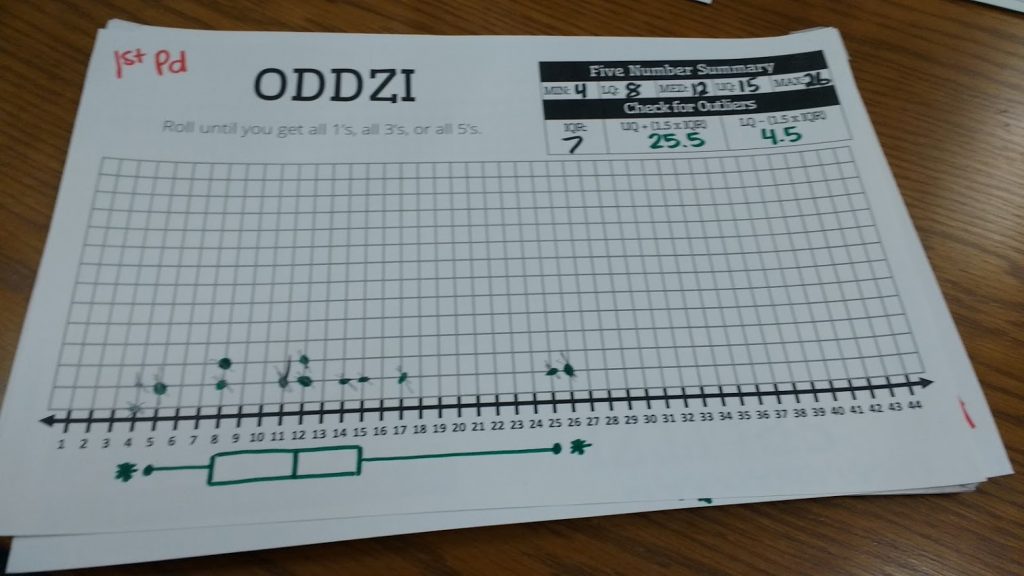
After determining if there were any outliers, students had to draw a box-and-whisker plot (boxplot) for their data set at the bottom of the page.
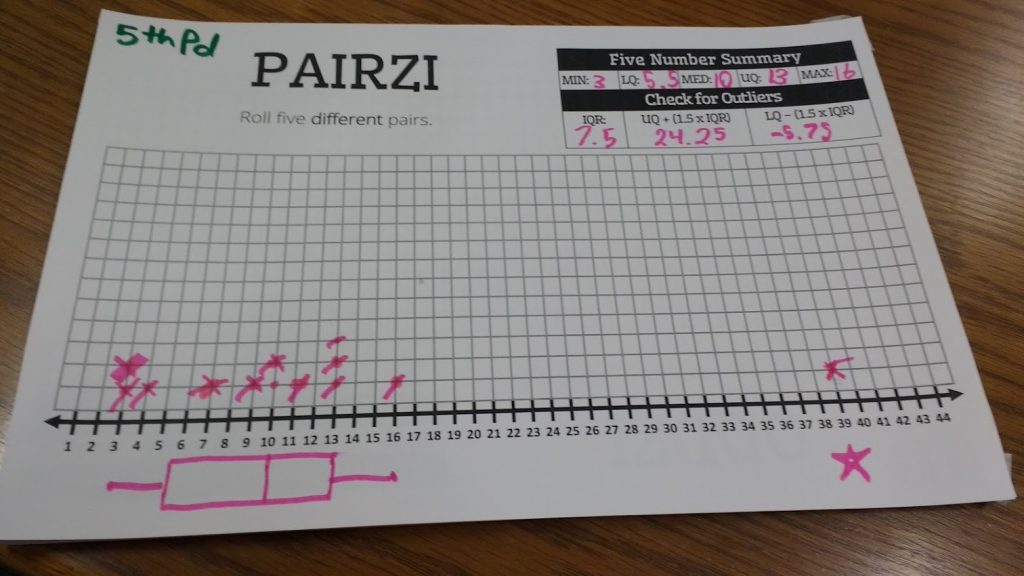
To be more specific, they had to draw a modified box and whisker plot since I expected them to mark any outliers with an asterisk.
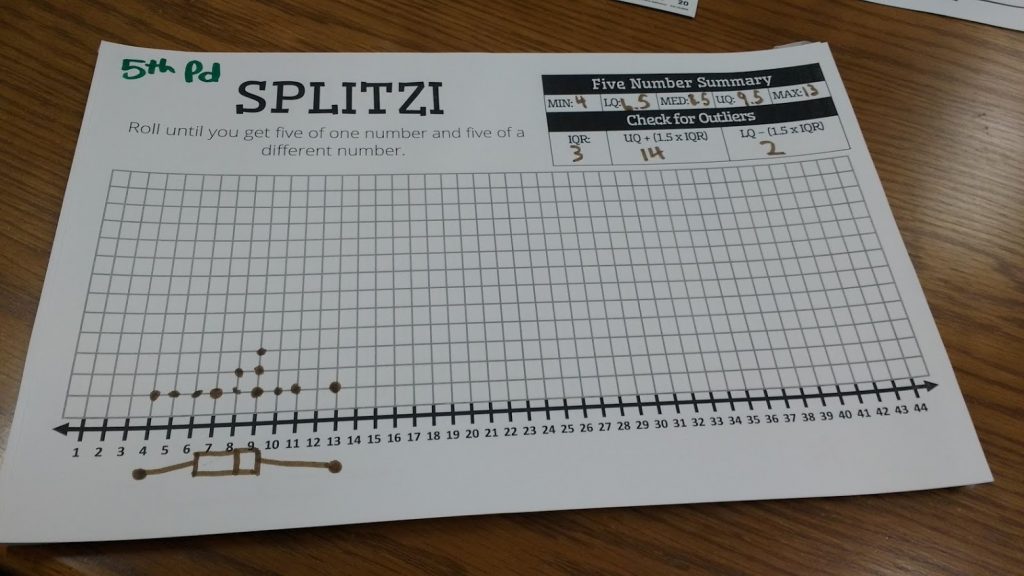
The fact that we were doing this work in permanent marker did become a bit of an issue for some groups.
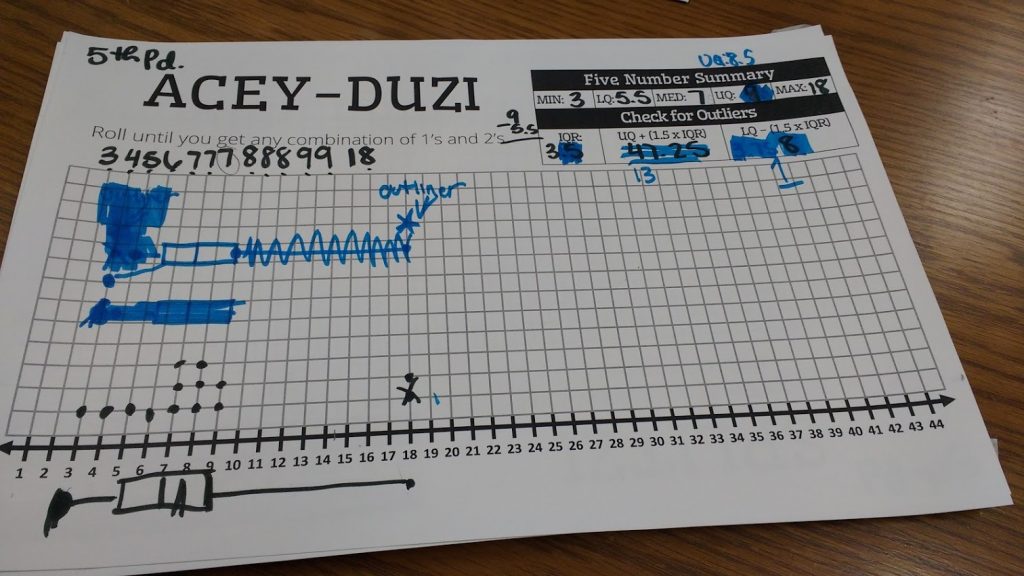
Since all of the box and whisker plots were drawn on the exact same number line, we could then stagger the printed pages to easily compare the different plots.
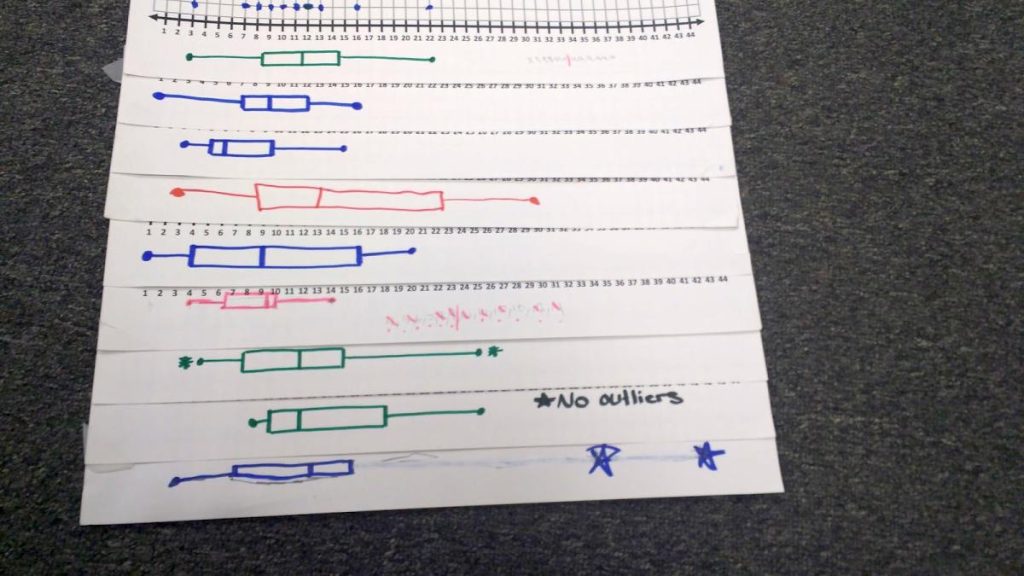
In their foldables, I had students pick several of the variations to draw the box and whisker plots for. Then, they had to write several sentences comparing the different data sets using proper statistics vocabulary words.
If you like this Tenzi Data Collection Activity, you might also be interested in the Tenzi vs Splitzi activity I have done with students before.

